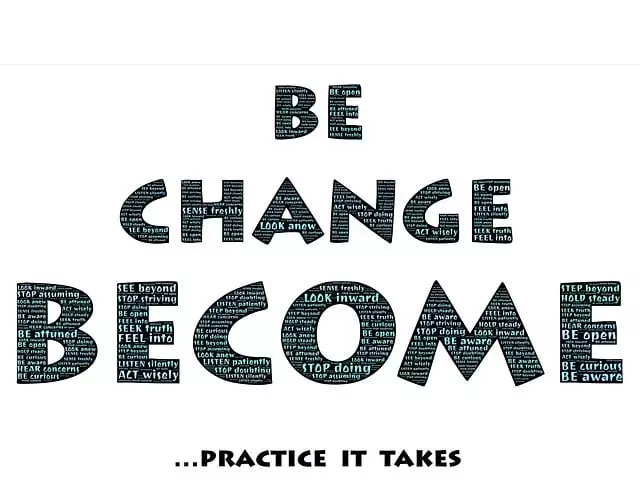This text provides comprehensive strategies to boost website visibility and improve SEO rankings. It emphasizes keyword optimization, high-quality content creation, and link building as key factors. For video content, it suggests using transcripts and subtitles for accessibility and search engine indexing, optimizing metadata with relevant keywords, and creating visually appealing thumbnails. Additionally, it recommends understanding target audience interests through keyword research, diversifying video formats, and optimizing videos with engaging elements to enhance click-through rates and viewer engagement, ultimately improving SEO rankings.
Understanding Video SEO Ranking: The Evolving Landscape

In the dynamic realm of digital marketing, Video SEO Ranking stands out as a game-changer in 2025. As video content continues to dominate online spaces, understanding how search engine optimization (SEO) strategies intertwine with videos is paramount for creators and marketers alike. The evolving landscape demands a nuanced approach to improve SEO rankings for visual media. Traditional text-based keywords are just the tip of the iceberg; today’s algorithms consider metadata, captions, and even the emotional impact of videos to determine their relevance and visibility.
Navigating this intricate tapestry requires a strategic mindset. Optimizing video titles, descriptions, and tags with keyword richness is essential. Additionally, incorporating closed captions not only enhances accessibility but also signals to search engines that your content is comprehensive and worthy of higher rankings. As the algorithm becomes more sophisticated, creators must adapt by focusing on quality, consistency, and engagement—elements that foster a strong connection between videos and their audience, ultimately improving SEO rankings.
Key Factors Boosting Video Search Visibility in 2025

Optimizing Your Videos for Keyword Discovery and Intent

To improve your video’s SEO rankings in 2025, start by optimizing it for keyword discovery and intent. Conduct thorough research to identify relevant keywords that accurately describe your content. Tools like YouTube search suggestions, Google Trends, and keyword analysis platforms can help uncover keywords with high search volume and low competition. Incorporate these keywords naturally into your video titles, descriptions, and tags without overstuffing.
Additionally, understand user intent behind the keywords. Are viewers looking for information, entertainment, or a how-to guide? Tailor your content to match this intent by providing valuable insights, engaging storytelling, or step-by-step instructions. This not only satisfies search engine algorithms but also captivates and retains your audience, leading to better engagement metrics that can further improve your SEO rankings.
Crafting Engaging Titles and Descriptions for Maximum Impact

Leveraging Transcripts and Subtitles to Improve Discoverability

Video content is increasingly becoming a dominant force in online media, with more viewers turning to video platforms for entertainment and information. To stand out in this competitive landscape, creators need to optimize their videos for search engines. One effective strategy involves leveraging transcripts and subtitles—a powerful tool to boost discoverability and improve SEO rankings.
By providing written transcriptions of your video content, you create a text-based representation that search engines can easily index. This is particularly beneficial for users with hearing impairments who rely on captions, as it makes your video more accessible. Moreover, transcripts allow viewers to quickly scan through the key points of your video, enhancing user engagement. Search engines crawl through these transcripts, enabling them to understand the content and context better, which ultimately leads to higher rankings in search results.
Enhancing Video Metadata: Tags, Categories, and Custom Thumbnails

To improve video SEO rankings in 2025, enhancing metadata is no longer an option but a necessity. Start by optimizing tags and categories; these play a significant role in helping search engines understand your video content. Use relevant keywords that accurately describe the video’s topic to ensure it appears in searches related to those terms. For instance, if you have a video about “how to bake a cake,” include words like “baking tutorial” or “cake recipe” in your tags and categories.
Custom thumbnails are another powerful tool for boosting visibility. While YouTube automatically generates thumbnails, creating custom ones can significantly improve click-through rates. Design visually appealing and informative thumbnails that pique viewers’ interest and convey the essence of your video content. By combining effective metadata optimization with compelling visuals, you’ll be well on your way to improving your video’s SEO rankings.
Building a Comprehensive Video Content Strategy for Ranking

To build a comprehensive video content strategy that improves SEO rankings in 2025, start by understanding your target audience’s needs and preferences. Conduct thorough keyword research to identify terms related to your niche that viewers are actively searching for on platforms like YouTube and Google. Incorporate these keywords naturally into video titles, descriptions, and tags, ensuring they align with the content without appearing spammy.
Develop a diverse range of video formats, from how-to tutorials and product reviews to interviews and behind-the-scenes glimpses, to cater to different viewing preferences. Optimize each video with compelling thumbnails, detailed captions, and engaging descriptions that not only entice clicks but also provide valuable information. Consistently upload high-quality, engaging content, aiming for a balance between relevant keywords and authentic storytelling to enhance viewer retention and encourage positive interactions, all of which contribute to boosting your video’s SEO rankings.
Measuring Success: Analyzing Video SEO Performance Metrics

Measuring success in Video SEO is an essential step to improve your rankings and engagement in 2025. Key performance metrics should include views, average watch time, and click-through rates (CTR). These provide insights into how well your videos are resonating with audiences. By analyzing these metrics, you can identify popular content themes, understand viewer demographics, and optimize future video strategies accordingly.
Additionally, tracking conversion rates and user interactions, such as likes, comments, and shares, is crucial. This holistic approach allows for a comprehensive understanding of your video’s impact and its potential to drive traffic, increase brand awareness, and ultimately boost your SEO rankings.



